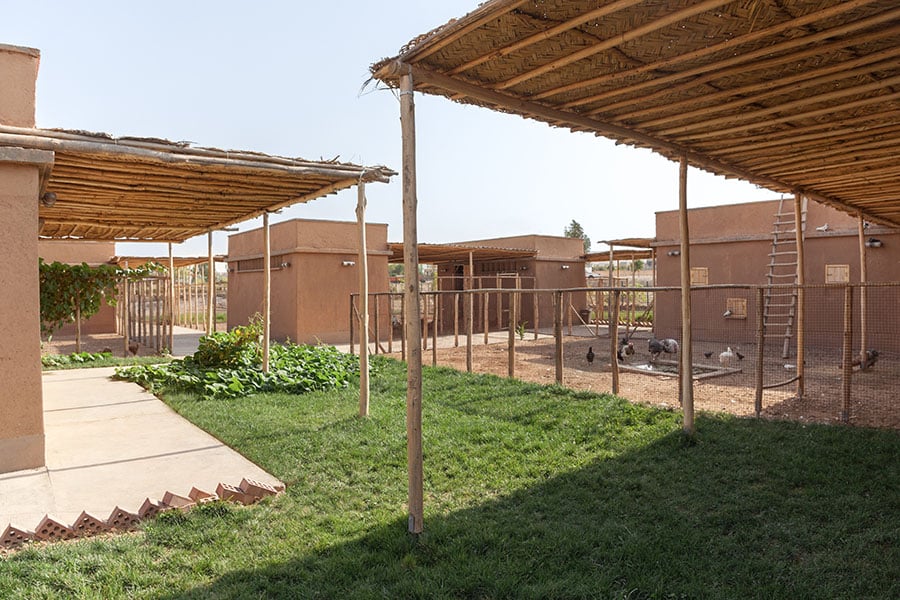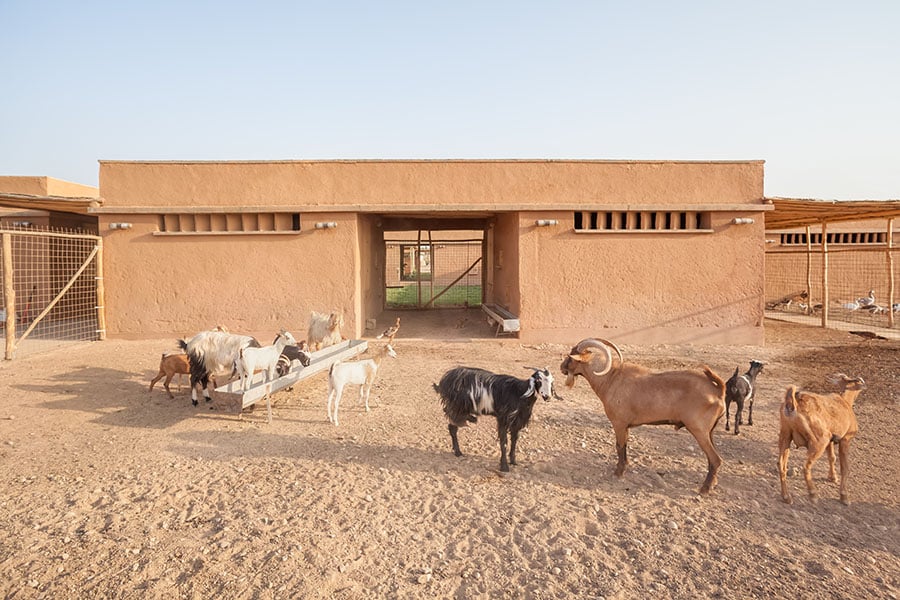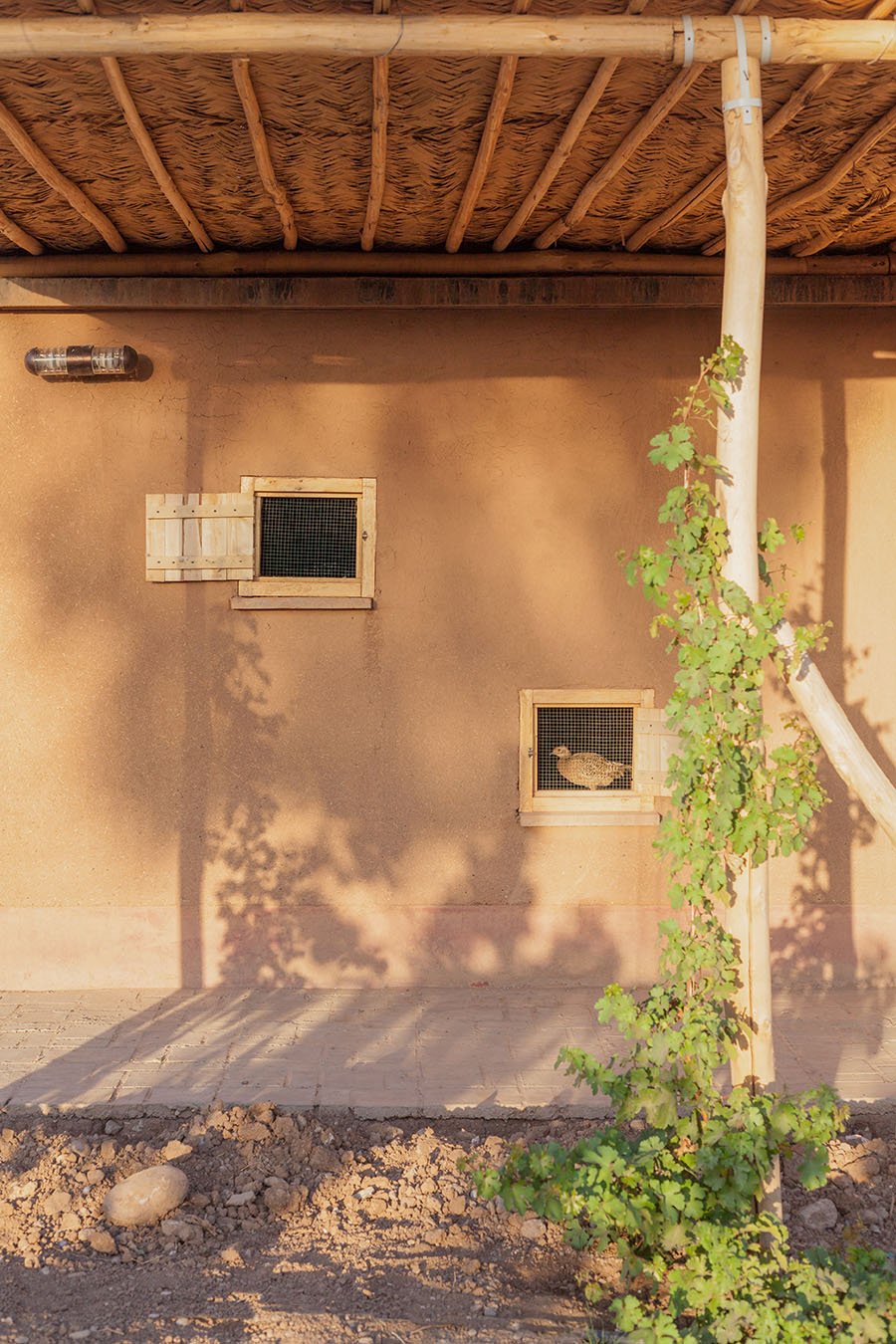
January 3, 2020
Berlin Architects Draw on Traditional Building Techniques for Kurdish Safe Haven
The Healing Garden in Iraqi Kurdistan provides animal therapy, basic medical care, and community spaces.

Despite recent headlines, the plight of the Kurds is nothing new. Often called the largest ethnic group without a state, the Kurds endured a litany of abuses and oppression throughout the 20th century that left enduring psychological trauma in their wake. That trauma requires remediation, a call that the Healing Garden, a therapy center in Chamchamal, Iraqi Kurdistan, answers through clinical and community spaces.
The project—one of several similar enterprises operated by the Berlin-based Jiyan Foundation for Human Rights—is unfolding in phases. The first, a center for animal-assisted therapy designed by Berlin studio ZRS Architekten, wrapped in late 2016, and the second, a seminar house and bakery executed completely by local builders, is nearing completion.
A primary obstacle was building trust within the community, says Salah Ahmad, founder of Jiyan. (Ahmad is a Kurdish refugee who fled the region for Germany in the ’80s.) The Healing Garden hosts 50 to 100 families per day, he adds, many of them from the nearby cities of Kirkuk and Sulaymaniyah. Its popularity is attributable in no small part to the use of traditional construction: sun-dried earth bricks, straw-reinforced foundations, and a wood-beam roof and veranda reflect the region’s cultural and climatic context.
“It was a big wish to adapt to the local building heritage,” recalls ZRS’s Leon Radeljic, who continues to advise locals via Skype and Facetime. “It’s not so much about giving our knowledge, but more to bring confidence to what is already there.”
You may also enjoy “A Post-Idealistic Iceberg Clad in Steel: Switzerland’s National Film Archive Finally Completes.”
Would you like to comment on this article? Send your thoughts to: [email protected]













